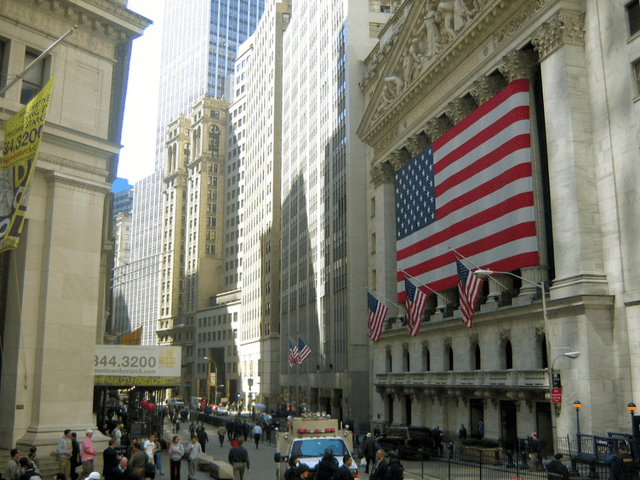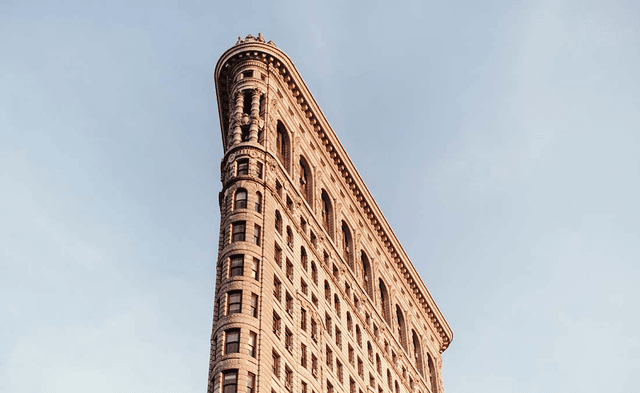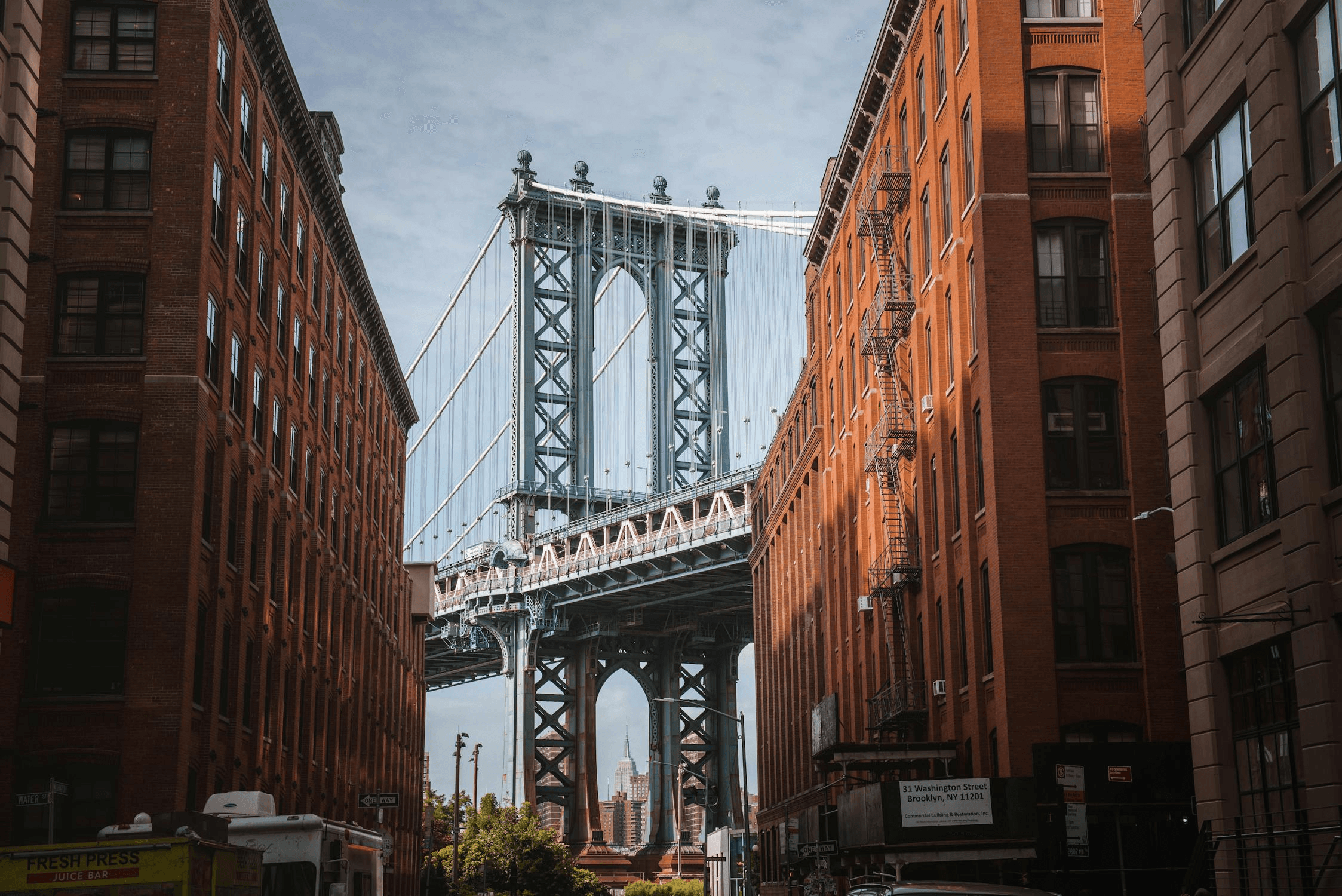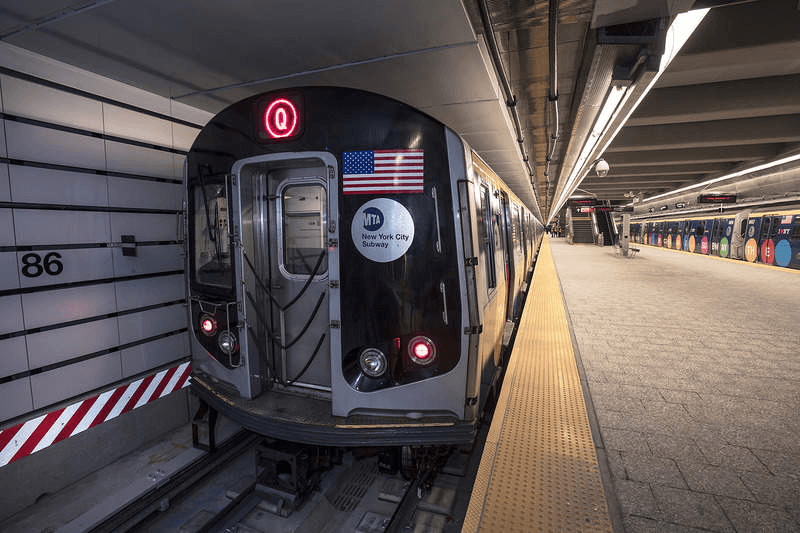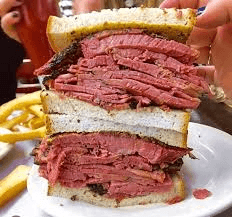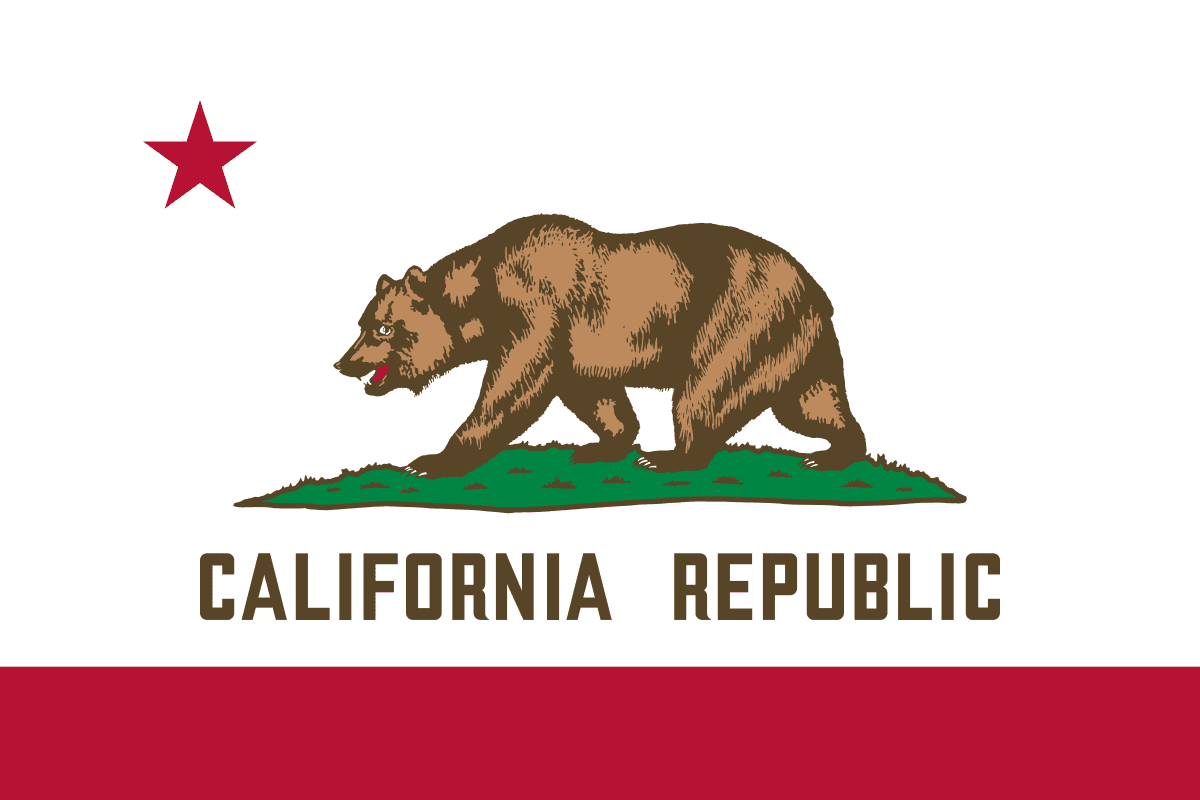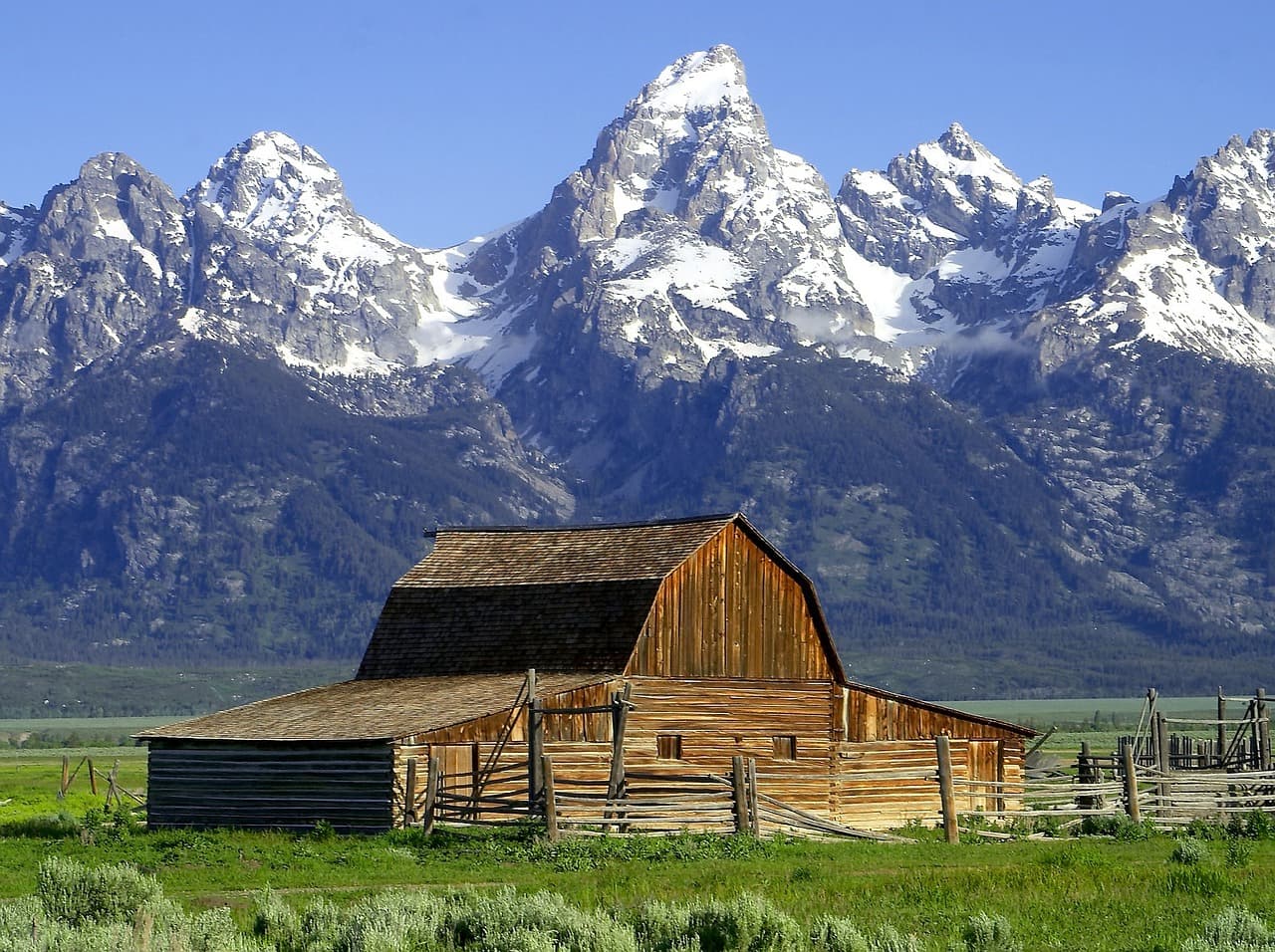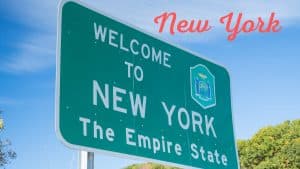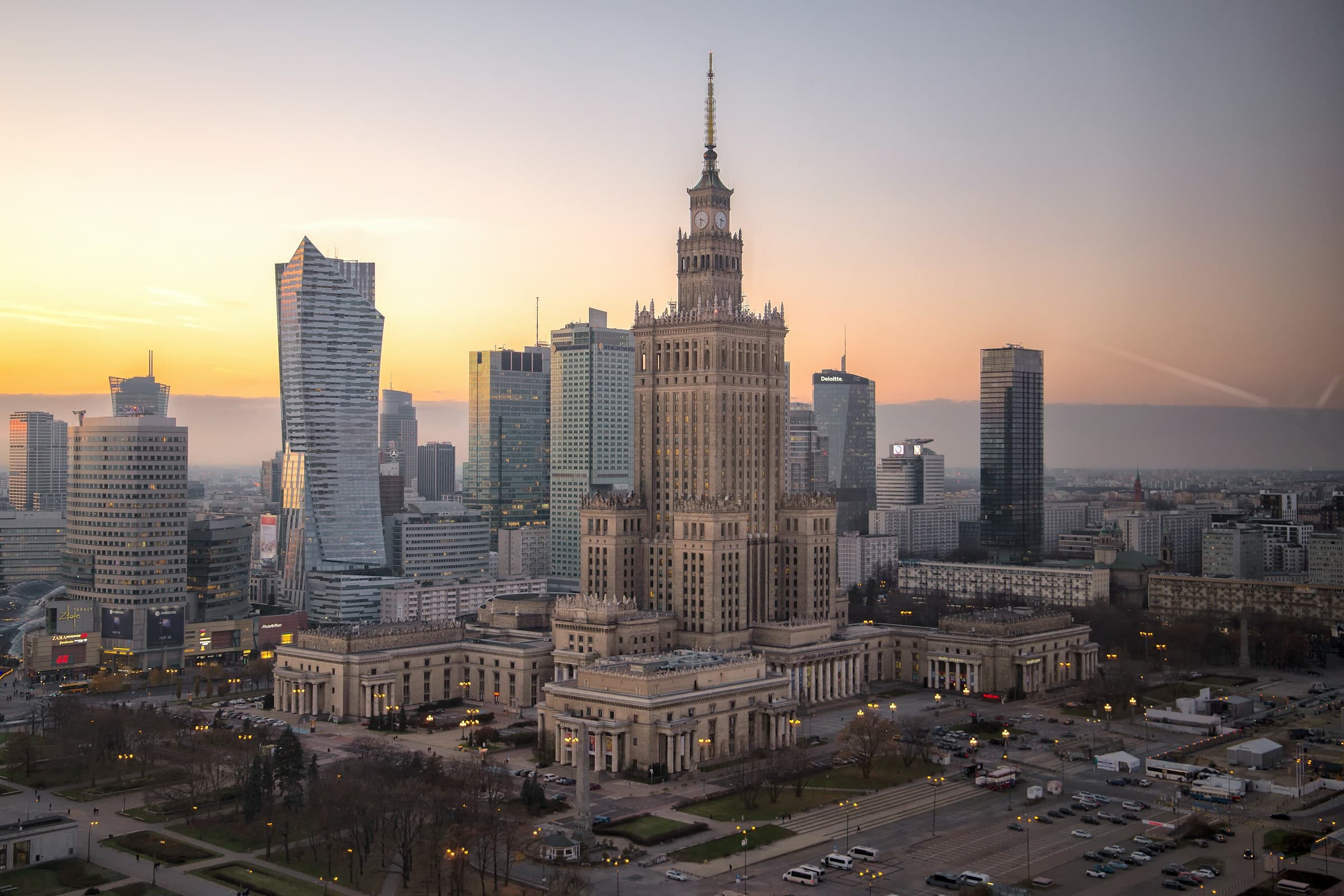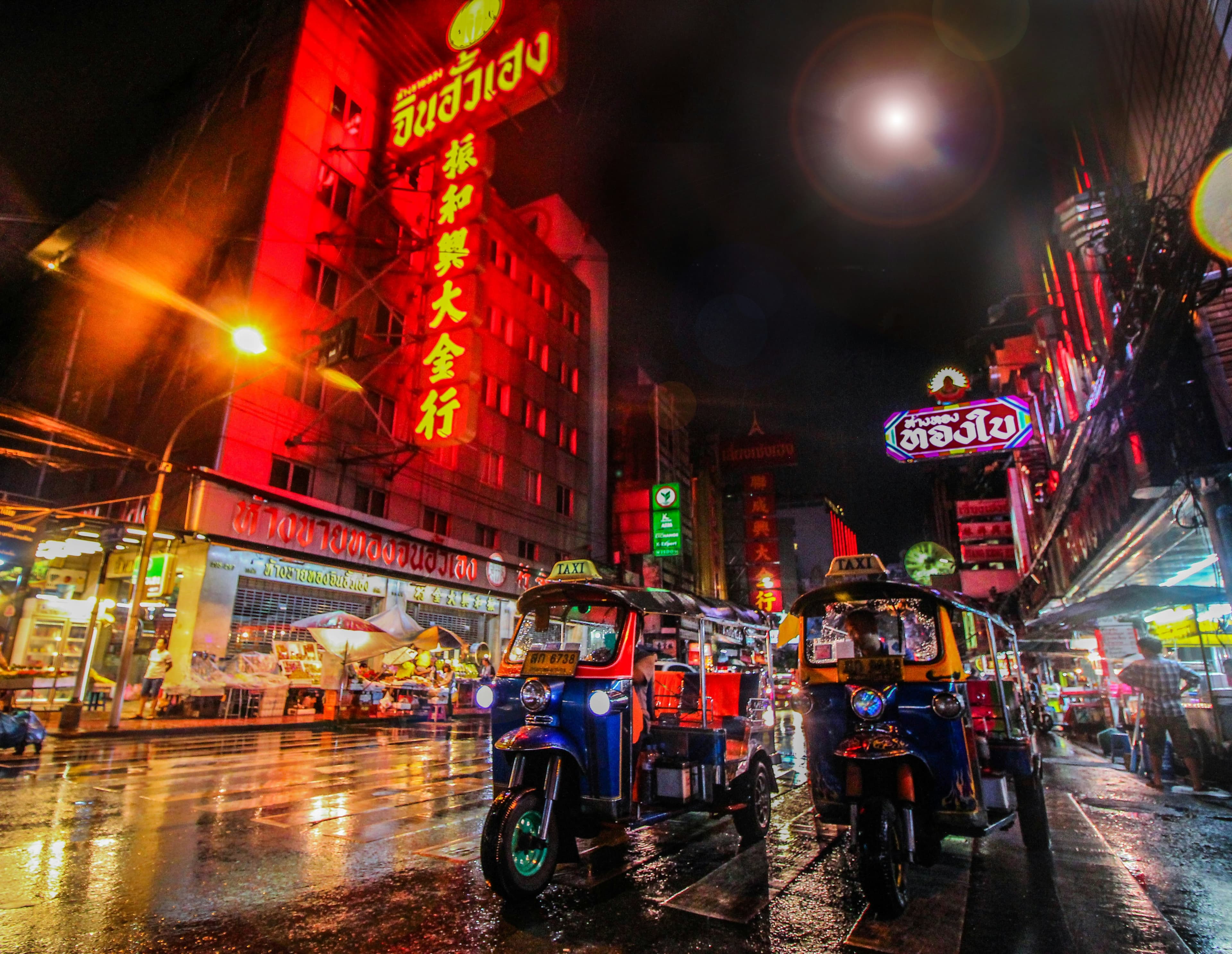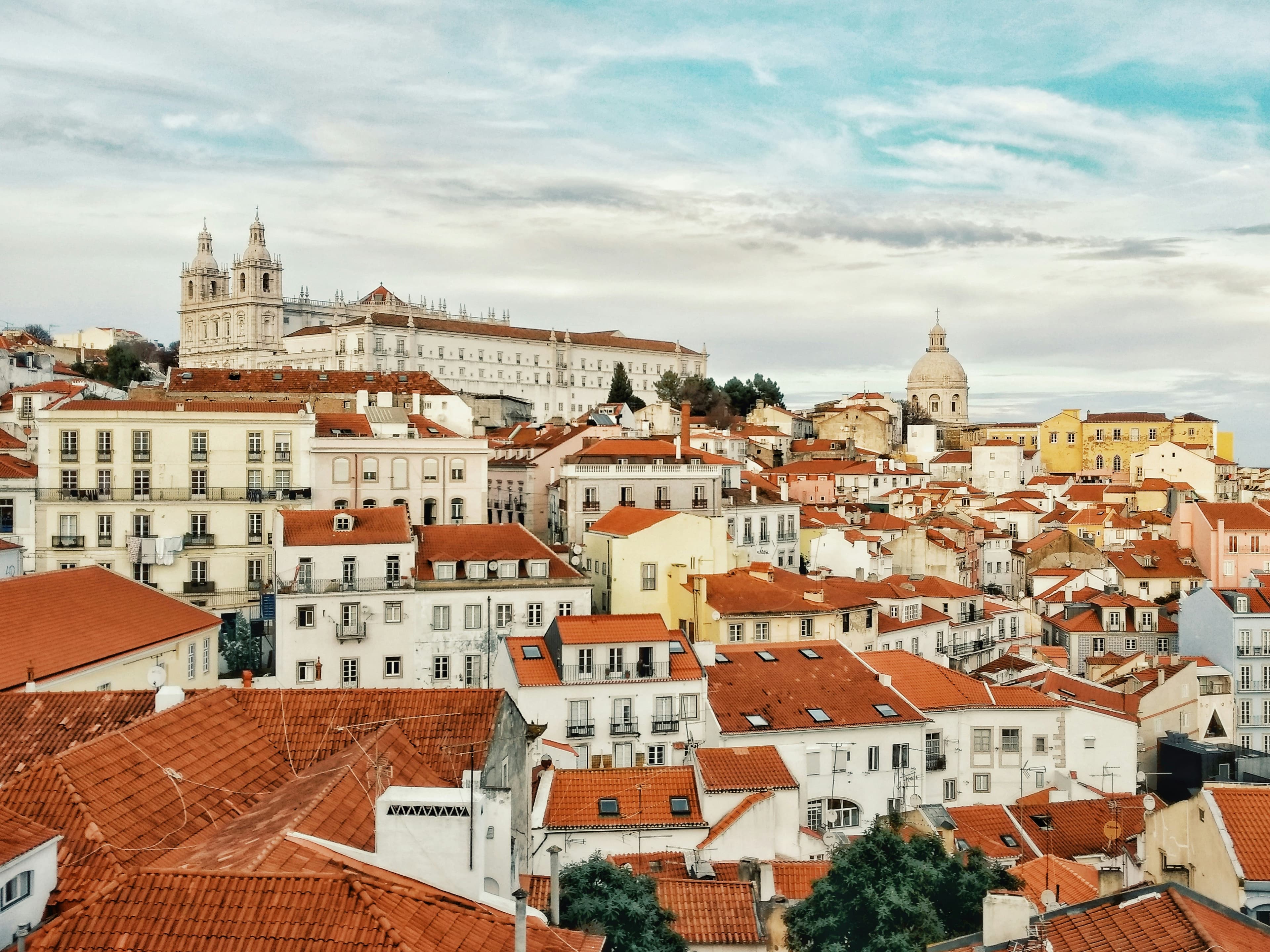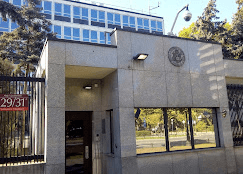Visit Wall Street vs. See the Flatiron Building
Visit Wall Street
Wall Street, located in the Financial District of Lower Manhattan, is not just the heart of America's financial industry but also a cultural landmark deeply woven into the fabric of New York City. It's famous for being the epicenter of financial markets, home to the New York Stock Exchange (NYSE) and several other major financial institutions. This iconic street has been depicted in numerous movies and TV shows, such as "The Wolf of Wall Street," "Trading Places," and "Billions," symbolizing both the allure and pitfalls of high finance.
See the Flatiron Building
A visit to New York City isn't complete without seeing the iconic Flatiron Building. Built in 1902, this 22-story, triangular skyscraper sits at the intersection of Fifth Avenue and Broadway. Known for its unique shape that resembles a cast-iron clothes iron, it's a favorite among tourists and photographers. The Flatiron anchors the vibrant Flatiron District and has been a National Historic Landmark since 1989. Its distinctive Renaissance Revival architecture makes it a standout in Manhattan's skyline. Perfect for a quick photo-op or a leisurely stroll around the neighborhood!
Reviews
Reviews
| Item | Votes | Upvote |
|---|---|---|
| Experience the birthplace of major financial markets | 1 | |
| Visit the Charging Bull and the Fearless Girl statues | 1 | |
| Learn about the financial industry's history | 1 | |
| See historic buildings like the NYSE and Federal Hall | 1 | |
| Busy during the day, making it safer for visitors | 1 |
| Item | Votes | Upvote |
|---|---|---|
| Often bustling with tourists and workers | 1 | |
| Some buildings are not open to the public | 1 | |
| Primarily a business district, with fewer attractions | 1 |
| Item | Votes | Upvote |
|---|---|---|
| It's the fourth-most-loved building in the United States | 1 | |
| Free | 1 | |
| Photogenic | 1 | |
| Featured in numerous films, TV shows, and artworks | 1 | |
| Centrally located | 1 |
| Item | Votes | Upvote |
|---|---|---|
| Often crowded with tourists | 1 |
Frequently Asked Questions
Visiting Wall Street offers a deep dive into the heart of America's financial industry with the chance to see historic buildings like the New York Stock Exchange and Federal Hall, as well as iconic statues like the Charging Bull and Fearless Girl. However, it is primarily a business district and can be bustling with tourists and workers. On the other hand, the Flatiron Building is an architectural marvel and a favorite among photographers. It is free to visit and centrally located, making it easy to access. The choice between the two depends on whether you are more interested in financial history and iconic statues or unique architectural landmarks and photo opportunities.
The Flatiron Building is often considered more photogenic due to its unique triangular shape and Renaissance Revival architecture, making it a favorite subject for photographers and a standout in Manhattan's skyline. Wall Street, while historic and significant, is more about the financial institutions and atmosphere rather than being a photography hotspot.
The Flatiron Building is generally more tourist-friendly as it is centrally located and easy to access, plus it offers a quick photo-op and a leisurely stroll around the neighborhood. Wall Street, while historically significant, is a bustling business district with fewer attractions open to the public and can be crowded with both tourists and workers during the day.
Pros of visiting Wall Street include experiencing the birthplace of major financial markets, visiting iconic statues like the Charging Bull and the Fearless Girl, learning about the financial industry's history, seeing historic buildings such as the NYSE and Federal Hall, and the area being busy during the day, which makes it safer for visitors. Cons include the area often being bustling with tourists and workers, some buildings not being open to the public, and it being primarily a business district with fewer attractions.
Wall Street is famous for being the heart of America's financial industry and a cultural landmark in New York City. It is home to the New York Stock Exchange (NYSE) and several other major financial institutions. The street symbolizes both the allure and pitfalls of high finance and has been depicted in numerous movies and TV shows, such as 'The Wolf of Wall Street,' 'Trading Places,' and 'Billions.'
On Wall Street, you can see the New York Stock Exchange (NYSE), the Charging Bull and Fearless Girl statues, and historic buildings like Federal Hall. The area offers a glimpse into the history and current state of the financial industry, making it an interesting visit for those curious about finance and history.
While Wall Street itself is a public street and open to visitors, some buildings, such as the New York Stock Exchange, are not open to the general public. However, you can still enjoy the external architecture and visit nearby historical landmarks like Federal Hall.
Nearby attractions to Wall Street include the 9/11 Memorial & Museum, Battery Park, and the One World Observatory. These sites offer additional historical and cultural insights into New York City and are within walking distance of Wall Street.
Pros of seeing the Flatiron Building include its status as the fourth-most-loved building in the United States, its free access, its photogenic nature, its feature in numerous films, TV shows, and artworks, and its central location. The primary con is that it is often crowded with tourists.
The Flatiron Building is located at the intersection of Fifth Avenue and Broadway in New York City.
The Flatiron Building features Renaissance Revival architecture, which contributes to its distinctive appearance in Manhattan's skyline.
The Flatiron Building was constructed in 1902.
The Flatiron Building is unique due to its triangular shape, which resembles a cast-iron clothes iron. This distinctive form has made it an iconic symbol of New York City.
Yes, the Flatiron Building has been designated a National Historic Landmark since 1989.
